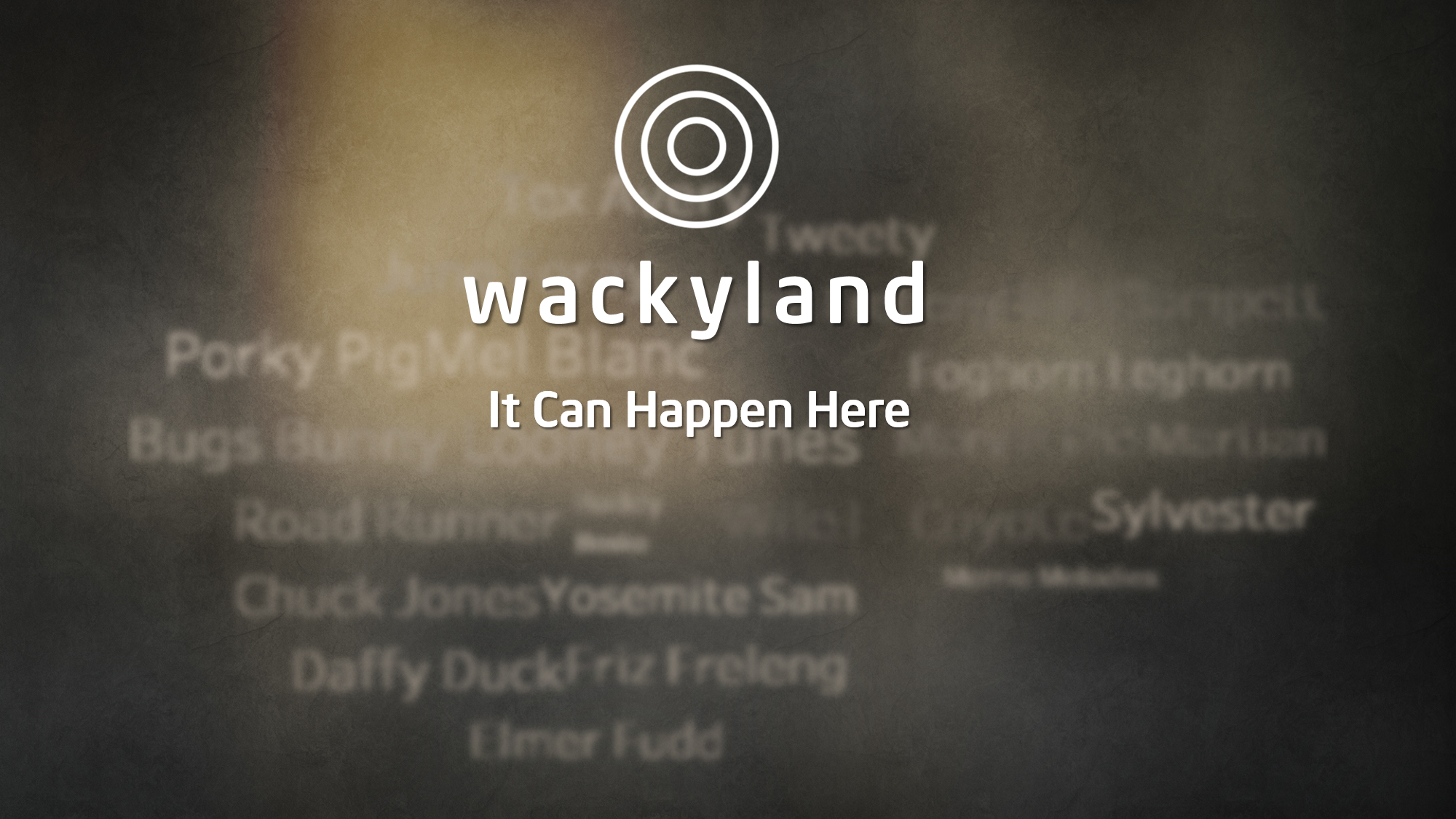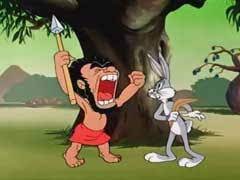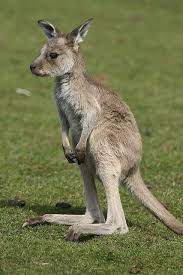“What are you anyway, a dog hater?”
Directed by Charles M. Jones; Story by Michael Maltese; Animation by Lloyd Vaughan, Ken Harris, Phil Monroe, Ben Washam, and John Carey; Layouts by Robert Gribbroek; Backgrounds Philip DeGuard; Voice Characterization by Mel Blanc; Musical Direction by Carl W. Stalling. A Merrie Melody released on April 28, 1951.
It’s hard to be Charlie Dog. Everybody but me seems to despise him, and he’s just been thrown off a boat. (Not for the first time if the captain is to be believed.) He finds he’s been dumped off in Italy of all places. Beauty of that being that there is still a good number of people who could be potential masters. After all, Italians are humans and humans love dogs. (If you don’t, you’re doing a bang-up job of trying to keep your cover from being blown.)
Mama Mia! None of-a de locals capishe de English! It’s a good thing that love is a universal language. Still, English praise will be easier to catch. Charlie sets his sights on on restaurant named Pasquale’s Palazzia de Spagetini. I think the lone employee we see working there is Pasquale himself. He doesn’t give any indication that he can speak a lick of English, but Charlie has made his choice. I admire him choosing a bowl to be his own. Now for the test: showing how lovable and cuddly he is.
Test failed. Although Pasquale is fairly kind in telling the dog to leave. Even if he said yes though, it would be best if Charlie wasn’t inside as Pasquale is leaving for a fifteen minute break. (Those are the best when they’re twice as long.) Then again, staying outside won’t give Charlie a great opportunity to show the guy what a great choice it would be to have an animal in the kitchen amongst the food and utensils that will be entering people’s mouths.
Charlie is now in the kitchen. (A young Brad Bird takes notes.) And just now entering is a customer ready for a feast. He orders… oh boy, here we go. He orders: na bella piatta del una cacciatore di tetrazzini cu ragu di marinara di la piazza rigotini mozzarella fina without onions. (Thank you, Wikipedia.) And I’m pretty sure that translates to a grilled cheese sandwich without onions. They don’t have that. The man settles for spaghett. Charlie serves it to him via spool, and makes sure he doesn’t eat an inch more than he’s paying for. Time for a bit of wine to wash it all down. The man leaves with whatever lunch he can keep down after seeing Charlie stomp the grapes.
Pasquale returns and is not pleased to find his customers being scared away. But Charlie has a surefire way to stay: he’s a singer! You will believe he can find a home after hearing his rendition of “Atsa matta for you?” Pasquale certainly seems convinced as he gives in and agrees to adopt the poor baby. Now, isn’t that touching? No wonder this is Charlie’s final appearance; he’s about to achieve his dream come true! But wait! That leaning tower located in Pisa is going to fall over and crush their little home! Charlie proves he’s the smarter of the two and tries to away from danger, but Pasquale makes him hold the tower while he goes for help. (Seeing as he’s bilingual and all.)
We end with Pasquale happy in his kitchen, no intent of ever going back and Charlie desperately calling for anyone to help; his pleas falling on deaf ears as they only speak Italian. That’s just cruel, Pasquale. (Mostro malvagio. Spero che tu marcisca all’inferno, lentamente.)
Favorite Part: Charlie not only can repeat the original order flawlessly, but he sticks his tongue out at all of us who doubted he could do it. How can anyone not love this dog?
Personal Rating: 3. But I give it a four for myself.



